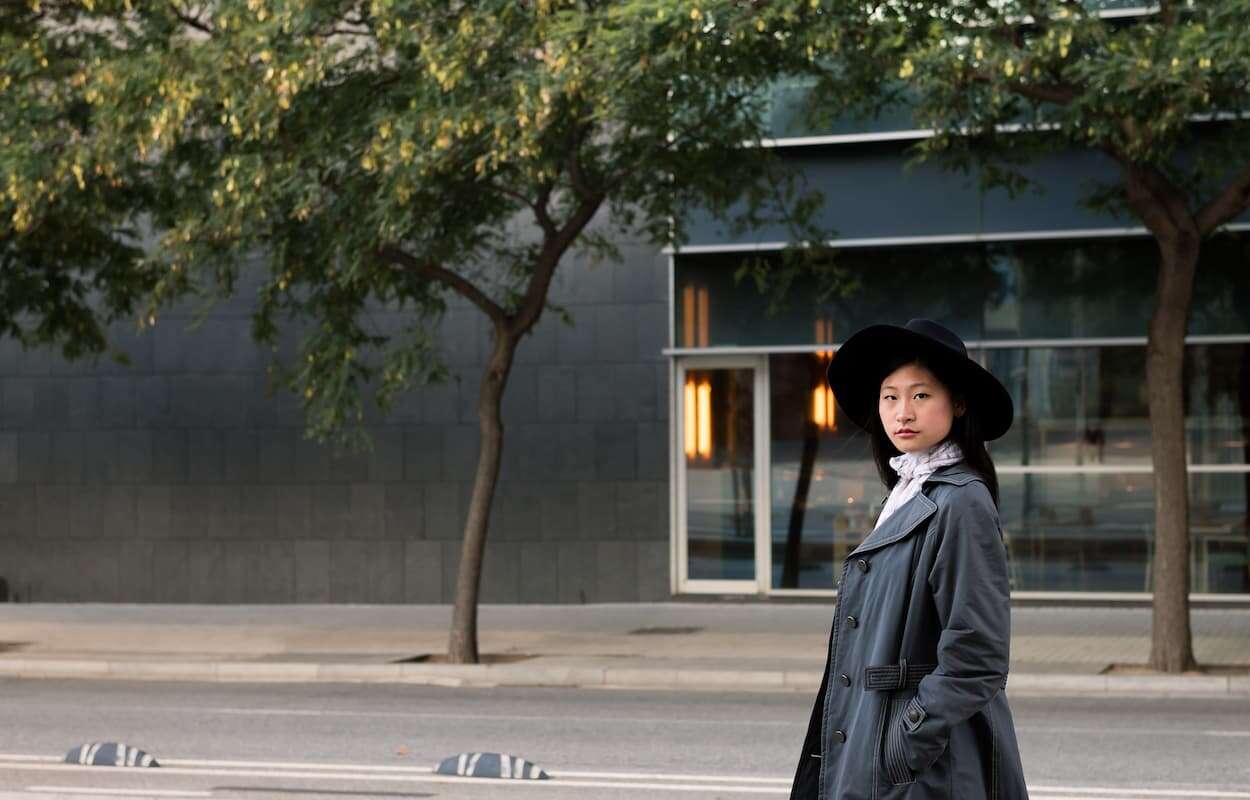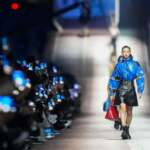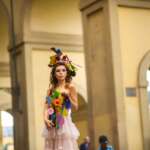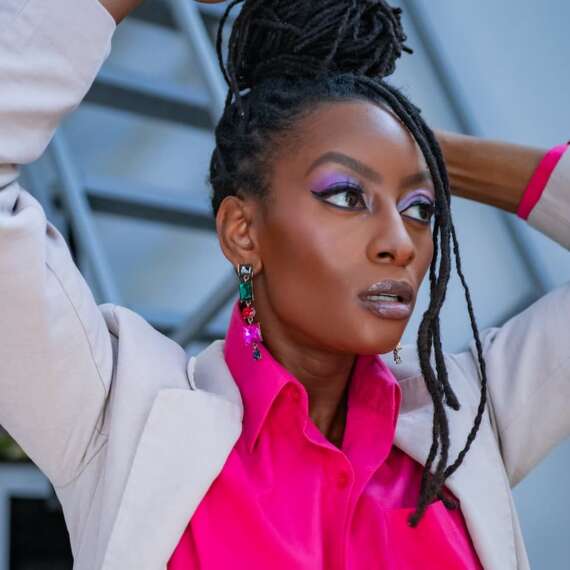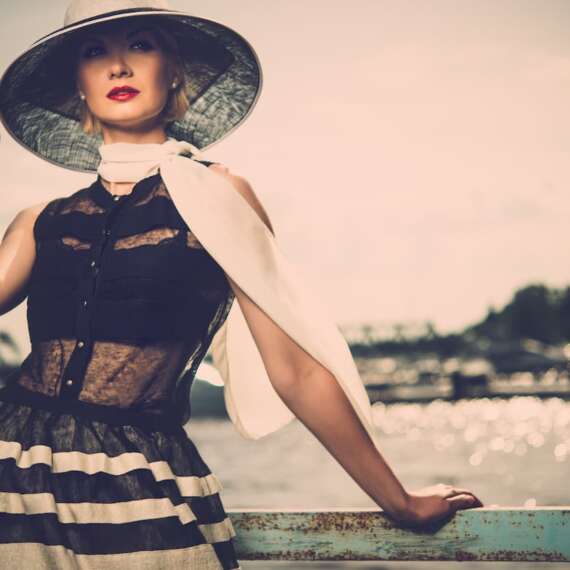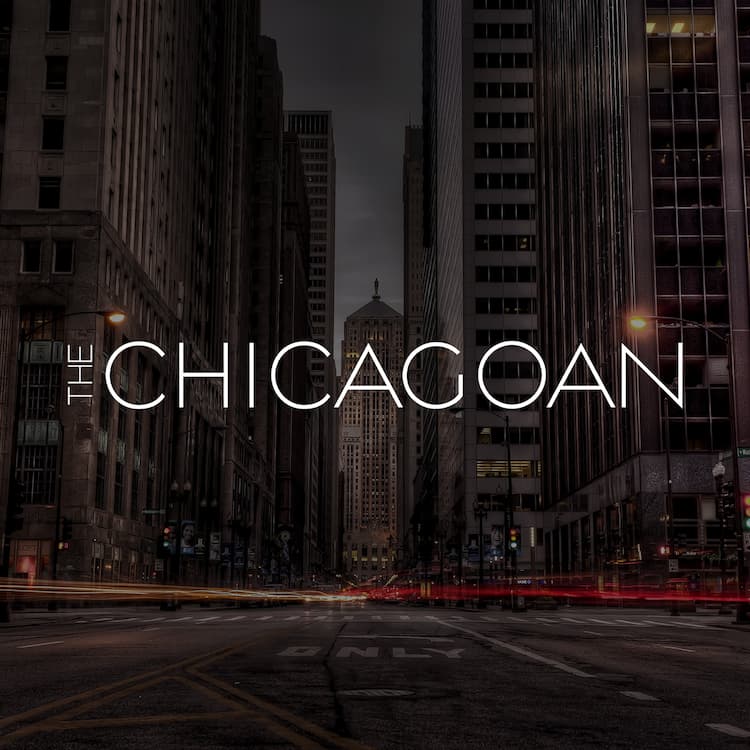Every few decades, the fashion world searches for a new capital—a city that captures the mood of a generation and rewrites the map of influence. For the last century, New York held that title in America, guarded by its institutions, media, and money. But beneath that skyline, a quiet shift is taking place. From Chicago to Detroit to Minneapolis, a new ecosystem is forming—one that values craftsmanship over clout, authenticity over speed, and community over competition. The next great fashion capital may already be in the Midwest.
Chicago, long dismissed as too pragmatic for couture, has started to turn that practicality into an advantage. Its design community isn’t trying to mimic the high polish of New York or the cinematic cool of Los Angeles. It’s building something more enduring—a fashion economy rooted in industry, innovation, and intellect. At the School of the Art Institute of Chicago, students are merging fashion design with technology and sustainability, creating materials that respond to climate or motion. Meanwhile, independent labels like Reformed School and Christina Karin are proving that Chicago style isn’t derivative; it’s deliberate. It’s where ideas are tested, not just shown.
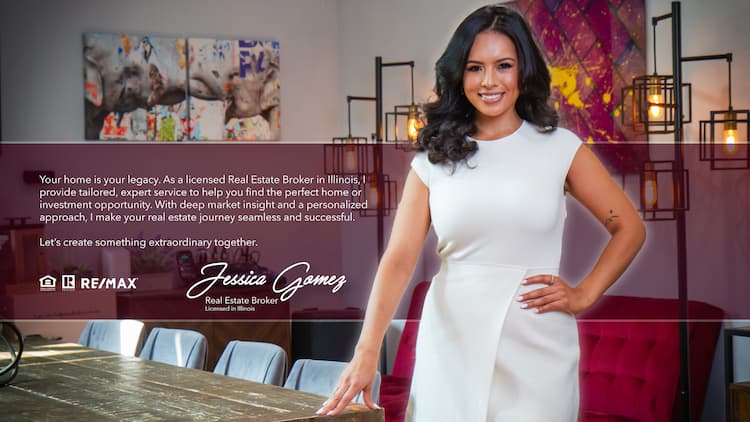
Detroit offers a parallel story with a different rhythm. Once synonymous with cars, the city’s industrial DNA has evolved into a new kind of craftsmanship. Brands like Deviate and Detroit Denim are building micro-factories and training programs that prioritize local production. This isn’t nostalgia—it’s reinvention. As global supply chains struggle, Detroit’s manufacturing revival feels prophetic. The same infrastructure that once built engines now powers apparel innovation. In that sense, Detroit isn’t rebuilding its fashion scene—it’s repurposing it.
Minneapolis, though smaller, has quietly become a hub for sustainable design and functional fashion. Brands like Hackwith Design House and Askov Finlayson have cultivated loyal followings by producing locally and ethically, turning restraint into identity. Their approach challenges the coastal model of fashion growth: instead of chasing global reach, they scale intentionally. The result is fashion that feels grounded—connected to place, people, and purpose.
Data supports this geographic shift. According to a 2025 CFDA report, designer relocations to secondary markets increased 41% in the last five years, with the Midwest seeing the fastest growth in creative entrepreneurship outside coastal states. The reasons are both economic and cultural. Lower overhead allows designers to experiment longer before commercialization. Cities like Chicago and Detroit offer access to manufacturing resources, interdisciplinary universities, and diverse creative communities without the gatekeeping of established fashion capitals. For a generation raised on collaboration, that freedom matters more than proximity to Vogue.

Digital storytelling is also collapsing geography. Social platforms have leveled the runway, allowing a designer in Milwaukee to reach the same audience as one in Manhattan. What once required a fashion week slot now takes a short film, a thoughtful drop, or a viral lookbook. AI-driven platforms are accelerating this decentralization by curating regional creators to global audiences. Style Interpreted itself was born out of this shift—proving that when technology meets anthropology, geography becomes secondary.
Investors are taking notice. Venture funds once focused on New York showrooms are now scouting small studios in emerging markets. In Chicago, fashion-tech startups like Open Apparel Registry and The Fitting Room are turning data and 3D modeling into business infrastructure. Meanwhile, Detroit’s partnership with the Council of Fashion Designers of America is training the next generation of garment workers through sustainability initiatives. The Midwest is not asking for validation—it’s building systems.
What sets these cities apart isn’t competition—it’s collaboration. The Midwest operates less like a hierarchy and more like a network. Designers share studios. Photographers shoot campaigns for brands they aren’t paid by—simply to keep the ecosystem alive. Venues like the Chicago Fashion Incubator and Detroit’s Ponyride have become creative laboratories, where mentorship replaces gatekeeping. There’s an underlying cultural code here: success isn’t measured by exclusivity, but by contribution.

For you as a designer or brand builder, this decentralization holds a powerful lesson. You no longer need to orbit New York or Los Angeles to create cultural relevance. Influence now grows laterally, not vertically. Build where your story feels authentic. Create collections that reflect your city’s rhythm, its climate, its contradictions. Fashion that emerges from context—rather than spectacle—lasts longer.
The truth is, fashion capitals aren’t crowned anymore—they’re cultivated. The next great one won’t announce itself with a fashion week; it will emerge through consistency, community, and craft. Chicago’s fashion scene, and the Midwest at large, isn’t competing with the coasts—it’s rewriting what “center” means. The real capital of fashion today isn’t a place on a map; it’s wherever intellect meets image and local becomes global. And right now, that looks a lot like the Midwest.


